How To Read A Balance Sheet: An Overview

A balance sheet helps small business owners better understand their company’s financial health. Along with the income statement and cash flow statement, the balance sheet completes the trifecta of business reports crucial to managing a company’s success.
To read a balance sheet, you need to analyze your business’s assets, liabilities, and equity to get a clear picture of what your company owns and owes.
Here’s what we’ll cover:
How Does a Balance Sheet Work?
What Can Your Company’s Balance Sheet Tell You?
How to Read a Balance Sheet
To read a balance sheet, you need to understand its different elements and what the numbers tell you about the health of your business.
A balance sheet contains 3 sections:
- Assets are the things your business owns and uses to generate revenue. They’re usually broken down into current and non-current assets.
- Liabilities are amounts your business owes to others. Typically, you break these down into current and long-term liabilities.
- Owner’s equity (or shareholder’s equity for a publicly traded company) is what’s left over after subtracting liabilities from assets. It represents what the owner would receive if the company was liquidated. Usually, it has multiple sub-sections:
- Contributions
- Distributions
- Retained earnings
Here’s how to read a balance sheet:
1. Understand Current Assets
Current assets are items of value owned by your business that can be converted into cash within one year. Current assets include:
- Accounts receivable: These are amounts owed to your business from your clients or customers
- Inventory: For businesses that sell physical products, inventory includes finished goods, in-progress products, and raw materials
- Cash: This includes petty cash you have on hand and balances in your bank accounts
- Prepaid expenses: These expenses occur when you pay for goods or services in advance. It includes things like annual insurance premiums or rent paid in advance.
2. Analyze Non-Current Assets
Non-current assets are assets that can’t be converted to cash easily and won’t be converted within the next year. Non-current assets include both tangible and intangible assets.
- Tangible assets: These include items such as real estate, machinery, and equipment like computers and printers. These are also called fixed assets.
- Intangible assets: These are assets that aren’t physical by nature and include goodwill, copyrights, and patents
Most non-current assets reported on a balance sheet are shown with depreciation. Since all assets are recorded on the balance sheet at the price you paid for them, you have to account for the reduction of their value over time.
Think of your personal car. Let’s say you bought it new for $20,000. But after a year, it’s worth less than $20,000. Maybe it’s worth $18,000. That $2,000 decline in value is depreciation.
So after the first year, your personal balance sheet would show your vehicle’s value as $18,000. This same idea applies to all your non-current business assets too.
3. Examine Liabilities
Next, in reading a balance sheet, you’ll need to understand your business’s liabilities. Liabilities are money owed by the company to someone else. Liabilities are divided into two types:
- Current liabilities: These are short-term liabilities that must be paid within the next year, including accounts payable, payroll, taxes, and current payments toward long-term debts
- Long-term liabilities: These include debts, loans, and other financial obligations due in more than a year
4. Understand Owner’s Equity (Shareholders’ Equity)
In the final section of a balance sheet, you’ll need to understand owner’s equity (for sole proprietorships, LLCs, or partnerships) or shareholders’ equity (for corporations).
Owner’s or shareholders’ equity refers to a business’s total net worth. It includes the initial sum of money an owner invests in the company. And if a business reinvests its net earnings into the company at the end of the year, those retained earnings are reported on the balance sheet under shareholders’ or owner’s equity.
And anytime an owner takes money out of the company, these are called distributions or dividends and get reported in the balance sheet’s equity section.

How Does a Balance Sheet Work?
Although the balance sheet is broken down into 3 sections (assets, liabilities, and equity), these sections must all balance. You’re probably asking, “How can 3 things balance? Is this some circus juggling trick?”
Thankfully, there’s no juggling involved. But there is a math equation that needs to be balanced.
This equation is known as the accounting equation, which is:

This means your company’s total liabilities plus its total owner’s equity must equal its total assets.
What Can Your Company’s Balance Sheet Tell You?
A balance sheet can provide valuable information about your company’s financial health. Keeping a close eye on your company’s balance sheet can identify potential issues before they become full-fledged problems.
Liquidity (Current Ratio)
Ensuring you’ll be able to pay your current liabilities means looking at your liquidity.
A key way to measure liquidity is with the current ratio formula. Your current ratio shows the ability of your business to pay off its short-term debt obligations (current liabilities) using its current assets. To calculate your current ratio, you divide assets by liabilities.

Let’s assume you have $10,000 in cash and $5,000 in inventory. That’s $15,000 in liquid assets. For liabilities, you have $7,000 in invoices you owe suppliers and $500 you owe in sales tax to your state.
Your liquidity is 2 ($15,000/$7,500).
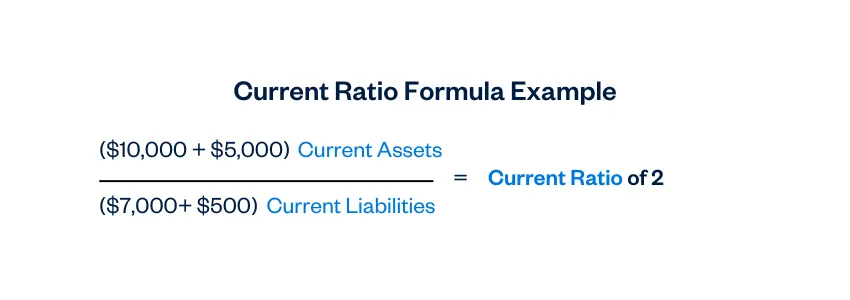
So what does this mean? A liquidity ratio of 2 means you have $2 in liquid assets for every $1 of current liabilities. The higher the ratio, the more liquid assets to cover your current debts.
If your liquidity drops below 1, it’s time to tighten the belt and slow spending because you may find yourself unable to pay your bills on time.
Debt-to-Equity Ratio
If you’ve ever purchased a home, you probably know about the debt-to-equity ratio.

The mortgage company wants you to put 20% down, and they’ll finance the remaining 80%. In this scenario, your debt-to-equity ratio is 4 (80/20).
Or, said another way, you have $4 of debt for every $1 of equity.
It works the same for businesses. The debt-to-equity ratio shows how much equity the company has relative to its liabilities.
For new companies, a higher debt-to-equity ratio may be common if it’s relying on a bank loan or other financing to get the business up and running. And more established companies may need debt to purchase new equipment or buy a bigger warehouse.
Regularly reviewing your debt-to-equity ratio will help keep you from becoming overleveraged, which can make attracting investors more challenging and financing more costly.

Sample Balance Sheet
Below is a sample balance sheet to give you an idea of how it looks.
Assets are shown first. Then liabilities. And finally, equity.
You can also see the accounting equation in action: The $31,305.95 in assets balances with the $31,305.95 in liabilities and equity.If you’re eager to start producing your company’s balance, we have a balance sheet template you can use right away.
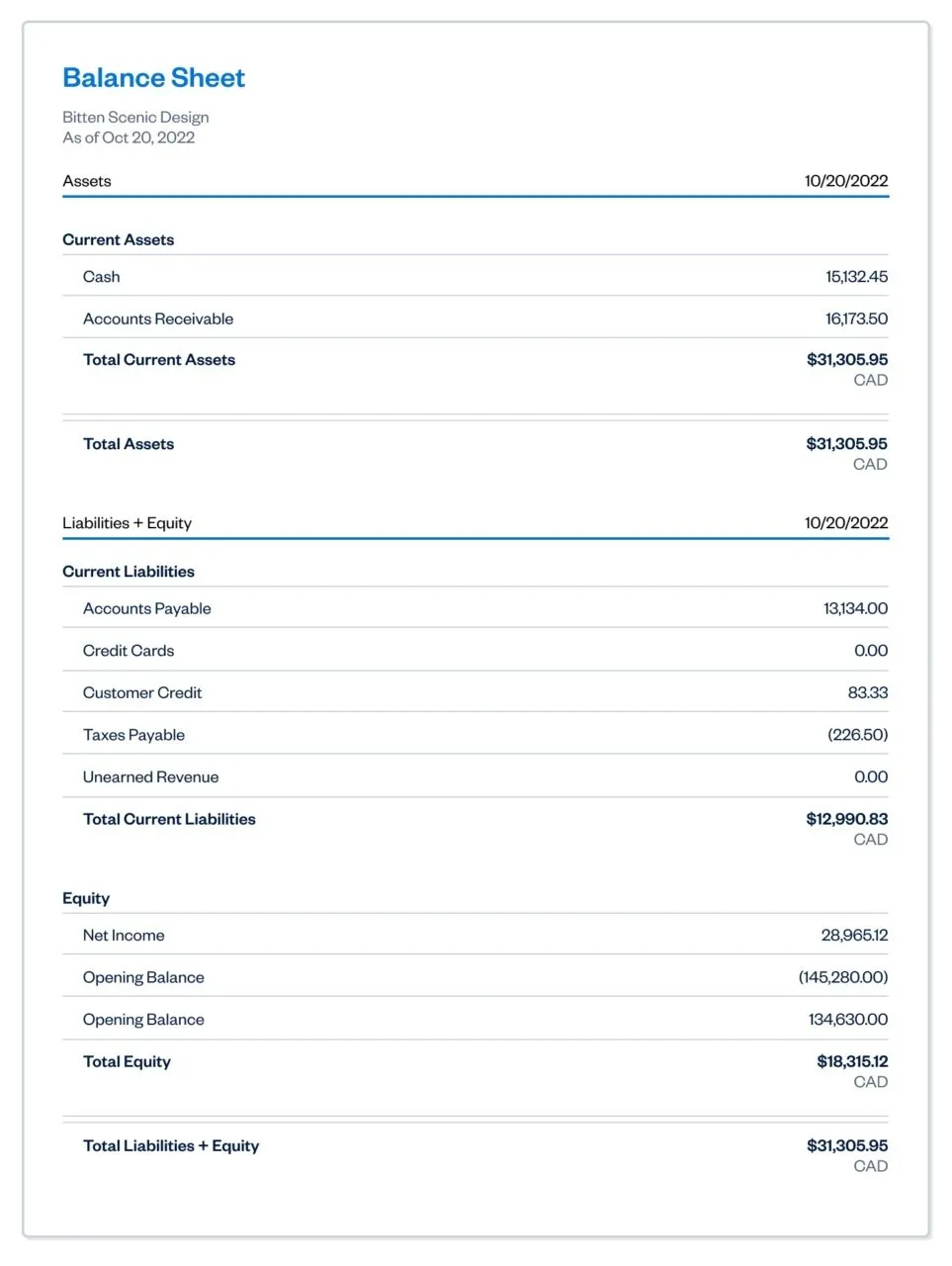
RELATED ARTICLES


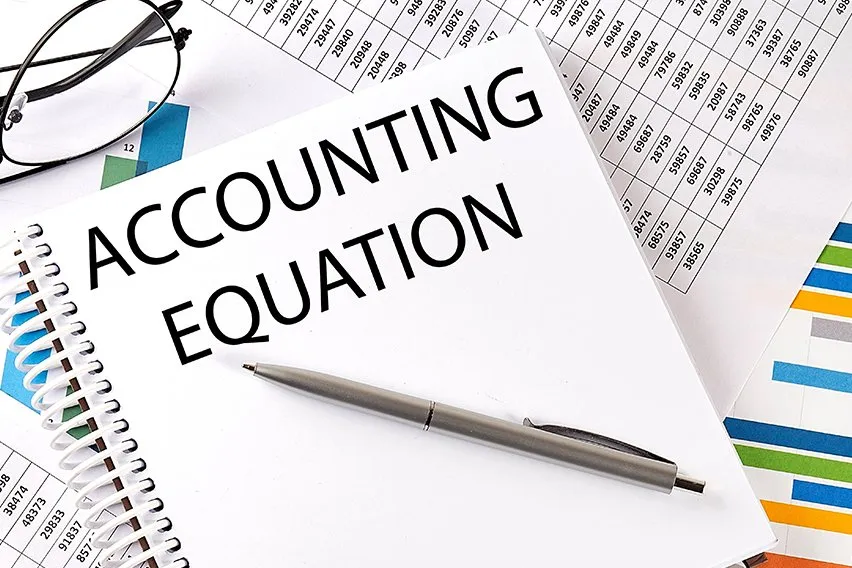 What Is the Accounting Equation?
What Is the Accounting Equation?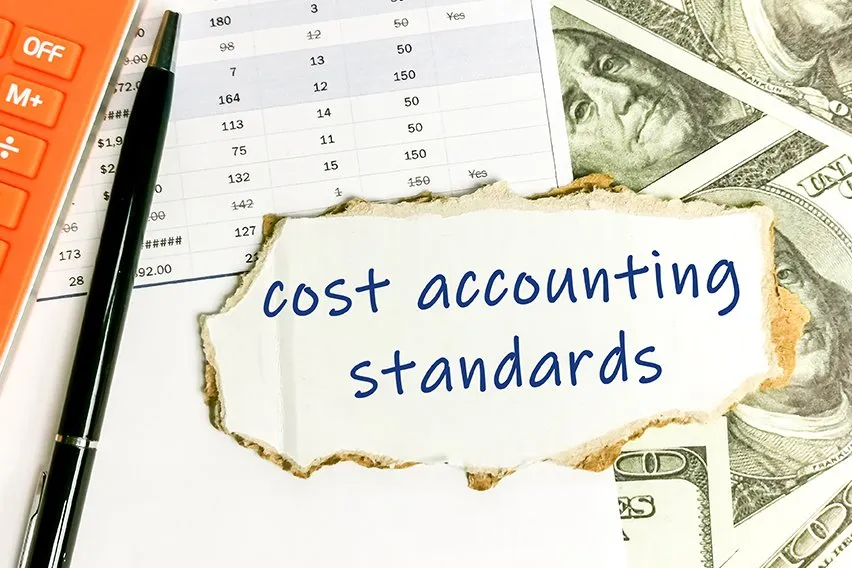 Cost Accounting Standards: They’re Policy for Government Contracts
Cost Accounting Standards: They’re Policy for Government Contracts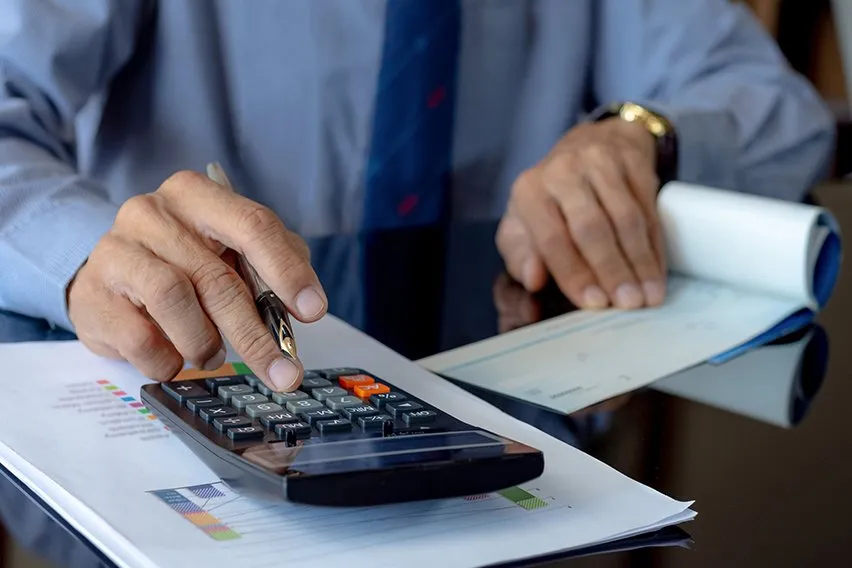 How to Balance a Checkbook?
How to Balance a Checkbook?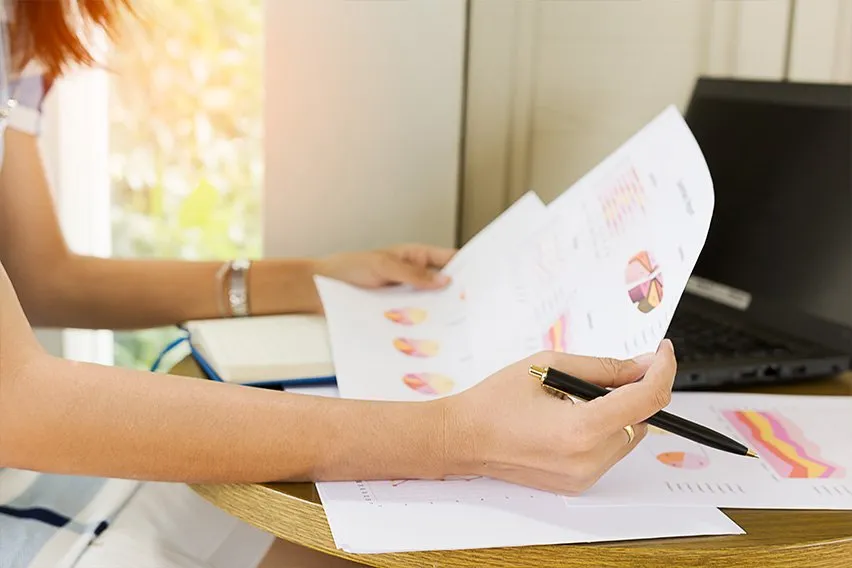 How to calculate net sales: A step-by-step guide
How to calculate net sales: A step-by-step guide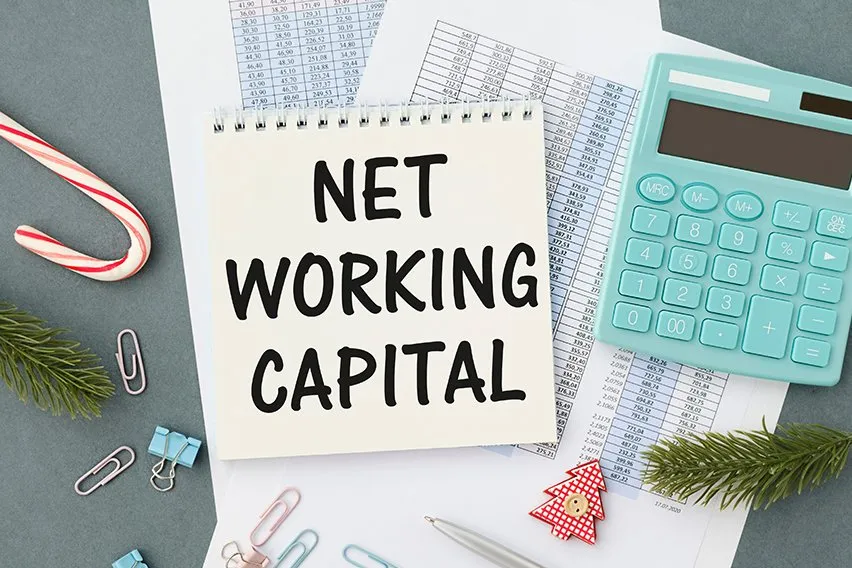 Understanding net working capital
Understanding net working capital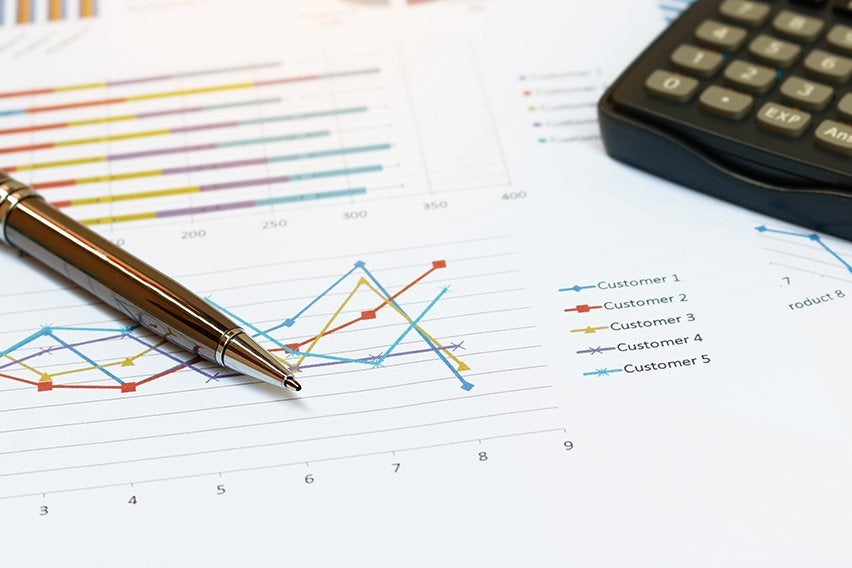 How To Calculate Gross Profit: Formula and Example
How To Calculate Gross Profit: Formula and Example